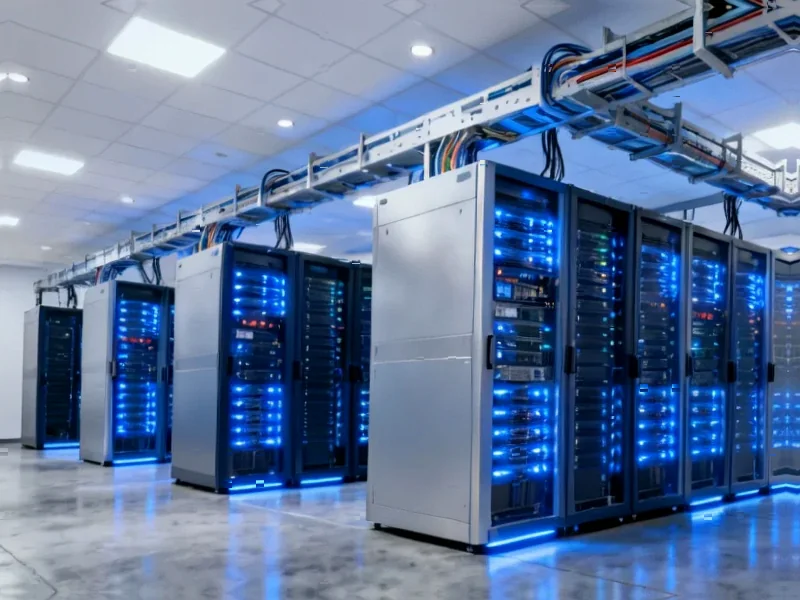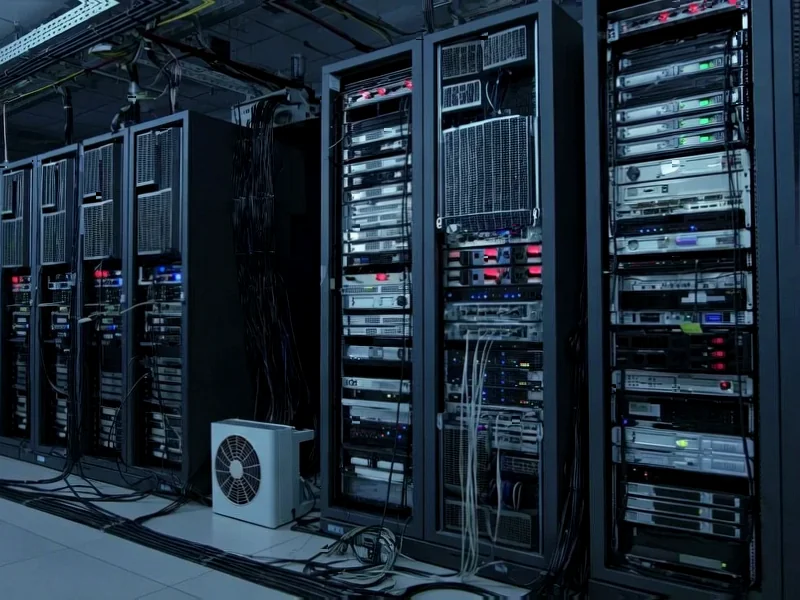According to Neowin, Microsoft is making a massive $7.9 billion investment in UAE AI and cloud infrastructure between 2026 and 2029, with $5.5 billion allocated to AI and cloud infrastructure capital expenses and nearly $2.4 billion for local operating expenses. This builds on Microsoft’s existing $1.5 billion equity investment in G42, the UAE’s sovereign AI company, and previous infrastructure investments exceeding $4.6 billion. Crucially, Microsoft secured US government export licenses to ship the equivalent of 21,500 Nvidia A100 GPUs already delivered, plus licenses for an additional 60,400 A100-equivalent chips using more advanced Nvidia GB300 GPUs. This investment solidifies the UAE’s position as a critical AI hub for the Middle East and Central Asia, with Microsoft providing regional access to advanced AI models from OpenAI, Anthropic, and other providers.
The GPU Diplomacy Behind the Numbers
The most technically significant aspect of this announcement isn’t the dollar figure—it’s the unprecedented GPU allocation. The combination of 21,500 existing GPUs (A100, H100, H200) plus 60,400 additional GB300-equivalent chips represents one of the largest concentrated AI compute deployments outside the United States and China. The Nvidia A100 serves as the baseline measurement, but the inclusion of H100, H200, and particularly the next-generation GB300 architecture indicates Microsoft is building for future AI workloads, not just current demands. This GPU allocation alone represents several exaflops of AI computing power, capable of training frontier models and serving millions of inference requests simultaneously across the region.
Sovereign AI and Regional Architecture
Microsoft’s partnership with G42 represents a strategic shift toward what industry analysts call “sovereign AI”—nations developing domestic AI capabilities while maintaining international partnerships. The technical architecture likely involves distributed Azure regions with specialized AI supercomputing clusters, similar to Microsoft’s existing AI infrastructure but optimized for Middle Eastern regulatory requirements and data sovereignty laws. This approach allows the UAE to maintain control over sensitive data while leveraging Microsoft’s global AI ecosystem. The infrastructure will need to handle both Arabic language models and the diverse linguistic requirements of Central Asia and Africa, creating unique technical challenges in multilingual AI training and deployment.
Technical Implementation Challenges
Deploying this scale of AI infrastructure in the UAE presents significant technical hurdles beyond the obvious export control compliance. The region’s climate demands advanced cooling solutions for dense GPU clusters, likely requiring liquid cooling systems rather than traditional air conditioning. Power consumption for 81,900+ GPUs will exceed hundreds of megawatts, necessitating dedicated power infrastructure and potentially renewable energy investments to meet sustainability goals. Network latency to major global AI hubs and within the diverse target regions (Middle East, Central Asia, Africa) will require sophisticated edge computing architectures and potentially submarine cable investments to ensure performance parity with other major AI centers.
Strategic Positioning in Global AI Competition
This investment positions the UAE as a neutral ground in the escalating US-China AI competition, with Microsoft serving as the trusted American technology partner. The Biden administration’s willingness to grant these export licenses indicates a strategic calculation that building allied AI capacity outweighs proliferation risks. For Microsoft, this creates a beachhead to compete with Chinese cloud providers like Alibaba Cloud and Huawei Cloud that have been expanding in emerging markets. The timing coincides with increasing Middle Eastern sovereign wealth fund investments in AI companies, creating a virtuous cycle where infrastructure investment attracts AI talent and startups, which in turn drives further infrastructure demand.
Regional Impact and Long-term Outlook
The concentration of this much AI compute power in Abu Dhabi will inevitably create spillover effects across the Middle East and North Africa region. We can expect to see specialized AI models for Arabic natural language processing, Islamic finance, energy optimization, and healthcare tailored to regional needs. The infrastructure will lower barriers for local startups to build and deploy AI applications without the latency and data transfer costs of using distant cloud regions. However, success will depend on developing local AI talent and creating sustainable business models beyond government contracts. If executed effectively, this investment could make the UAE the dominant AI hub for nearly two billion people across three continents.




